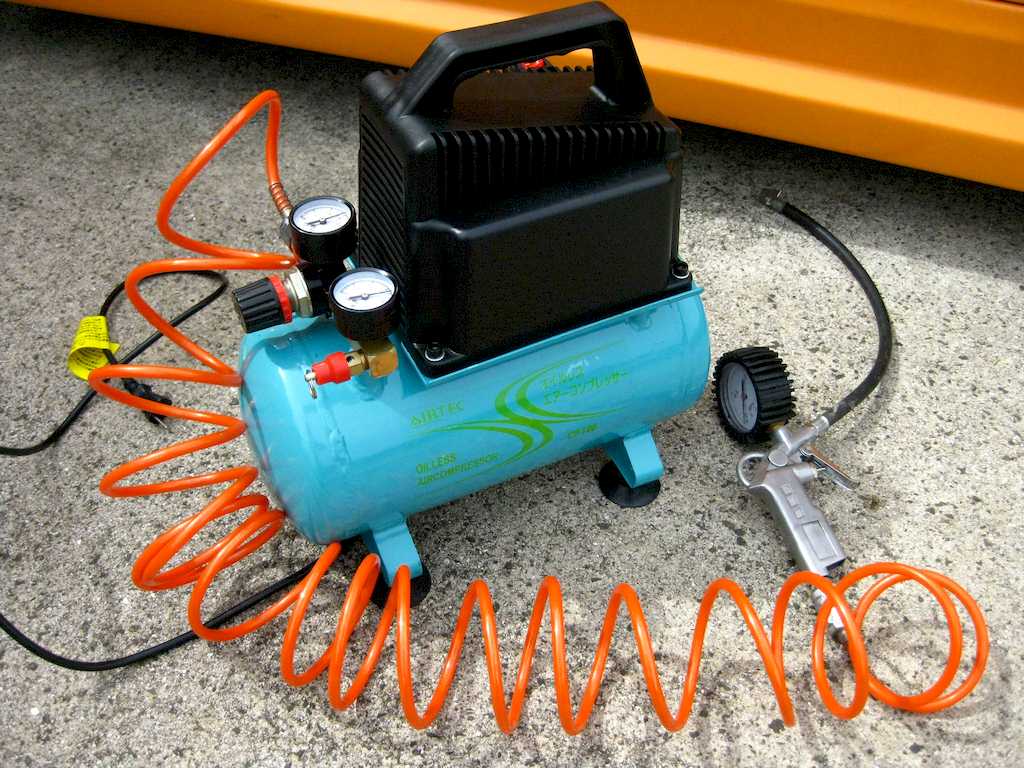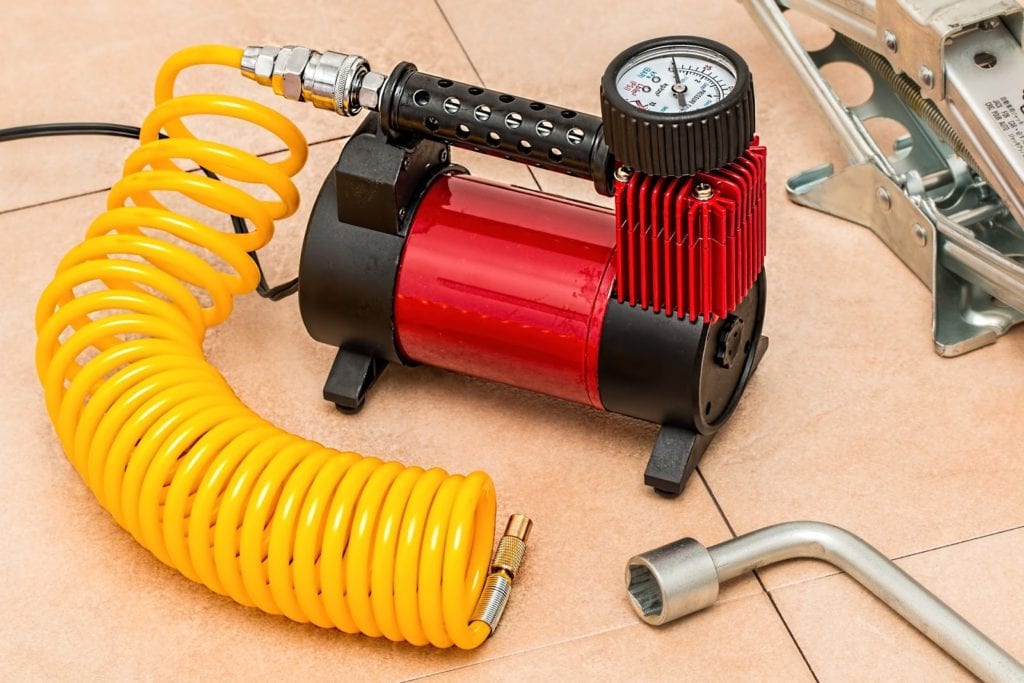Proper air compressor or air dryer maintenance is a must for machine owners. Doing this guarantees that all their machines are in good working condition and capable of providing optimum performance at all times. Unfortunately, not all users take this requirement seriously. As a result, most of them have incurred significant downtime caused by faulty air compressor systems. So, to avoid this, they should maintain their air compressors using the following tips.
1. Check and read the user manual
Check and read the user manual of an air compressor or air dryer before doing the maintenance. This is because the manual usually provides instructions that help in troubleshooting some of the compressor’s problems. Also, reading the maintenance dos and don’ts indicated in the manual prevents additional damage and voiding the compressor’s warranty.
2. Clean the Compressor’s Intake Valves
Clean the compressor’s intake valves regularly to make sure that the compressor functions well. Typically, this is cleaned by removing dust particles and other foreign elements sucked into the air vent due to continued use every three months. However, regular checks should be conducted on these valves so you’ll know if they should be cleaned instantly.
3. Tighten the Bolts and Nuts
The bolts and nuts of the compressor must be checked and tightened regularly. Due to continuous use, these elements are gradually loosened by the vibration created when the machine is working. When doing this, tighten the nuts and bolts to the level where they can no longer move. Don’t over-tighten them to avoid additional problems.
4. Check the Hoses
The hoses used by an air compressor or air dryer are regarded as the machine’s most vulnerable parts. They are expected to be loose and flexible yet strong and tight. However, due to continued use, the hoses are gradually worn down and get damaged. As a result, the compressor becomes inefficient and may not be able to deliver its expected function. Thus, the hoses should be checked regularly and replaced when needed.
5. Clean the Fuel Tank
The compressor’s fuel tank requires either annual or bi-annual cleaning. This should be done to ensure that the tank is free from particulates and other foreign elements that might become toxic when left unremoved. The manner of cleaning the fuel tank varies according to the compressor type. However, this is commonly done by draining the lingering gas and having the tank vacuumed inside.
6. Drain the Accumulated Condensate
Due to continuous use, the by-product of air compression, which is moisture and condensate, gets accumulated inside the moisture tank. When left undrained and stuck inside for a long time, the moisture tank becomes full and would cause the water to re-infect the compressed air and affect the compressor’s performance. To avoid this, the moisture tank must be drained regularly.
7. Change the Compressor’s Air Filter
The compressor’s air filter plays a significant role in allowing the machine to provide the expected performance. The air filter traps all the foreign elements that must not be inside the system. Although the filter is designed to hold more junk, it still needs to be checked regularly and replaced with a new one when needed. Typically, the air filter requires annual replacement. However, this can be changed quite often, especially when it reaches its filtering limit.

8. Check the ShutOff System
Most of the compressor models these days are now equipped with a safety shutoff mechanism. This component prevents the compressor from overheating or getting damaged by shutting it down when the machine becomes too hot or does not function well. But due to continuous use and other factors such as high humidity, the system sometimes fails to work well. Thus, the compressor’s internal components are at risk of getting fried. So, to avoid this, it is best that the shutoff system is checked regularly and fixed based on the user manual’s instructions if it gets damaged.
9. Change the Compressor’s Oil
Compressors that use oil require a frequent oil change. This is because regular change oil refreshes the compressor’s internal components and allows them to move smoothly. Most compressors need an oil change every quarter. But to be sure, it is best to check the user manual and determine the prescribed oil change intervals.
10. Check and Change the Oil/Air Separator
An air-lubricated compressor is commonly equipped with an oil/air separator. This component allows the machine to stay lubricated while producing dry clean air. It is also designed to withstand the challenges caused by the continuous use of the device. However, the separator still needs to be replaced periodically to ensure that the compressed air produced by the compressor is pure and oil-free. For best results, the separator should be changed according to the user manual’s instructions.
Given the nature of a compressor’s function and internal working mechanism, having it maintained properly is necessary. The machine requires regular check-ups and replacements of parts to ensure that it is in tip-top shape and capable of providing optimum performance even when used for a long time. Also, proper maintenance prevents the machine from getting damaged and results in more extended downtime and additional repair expenses.






